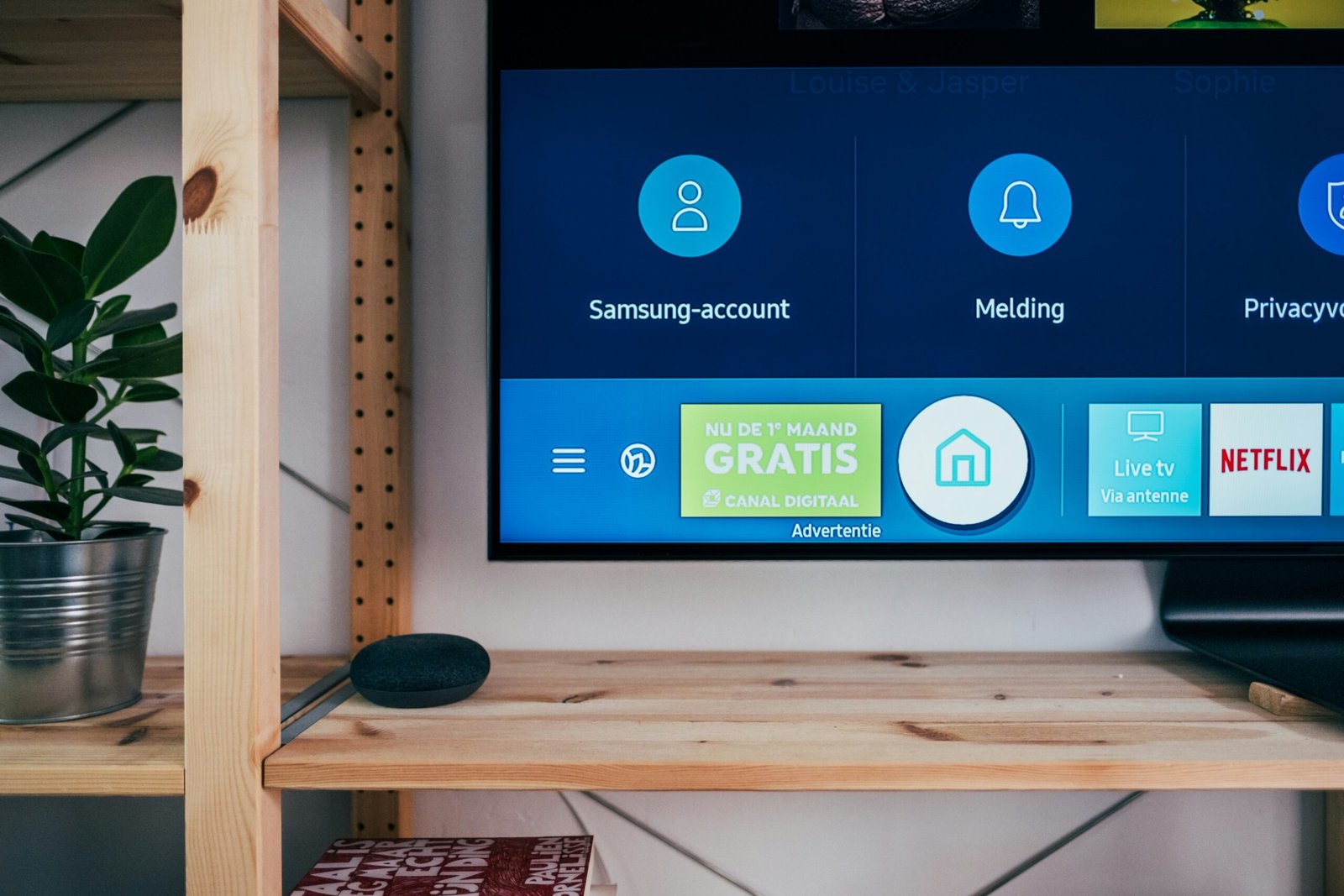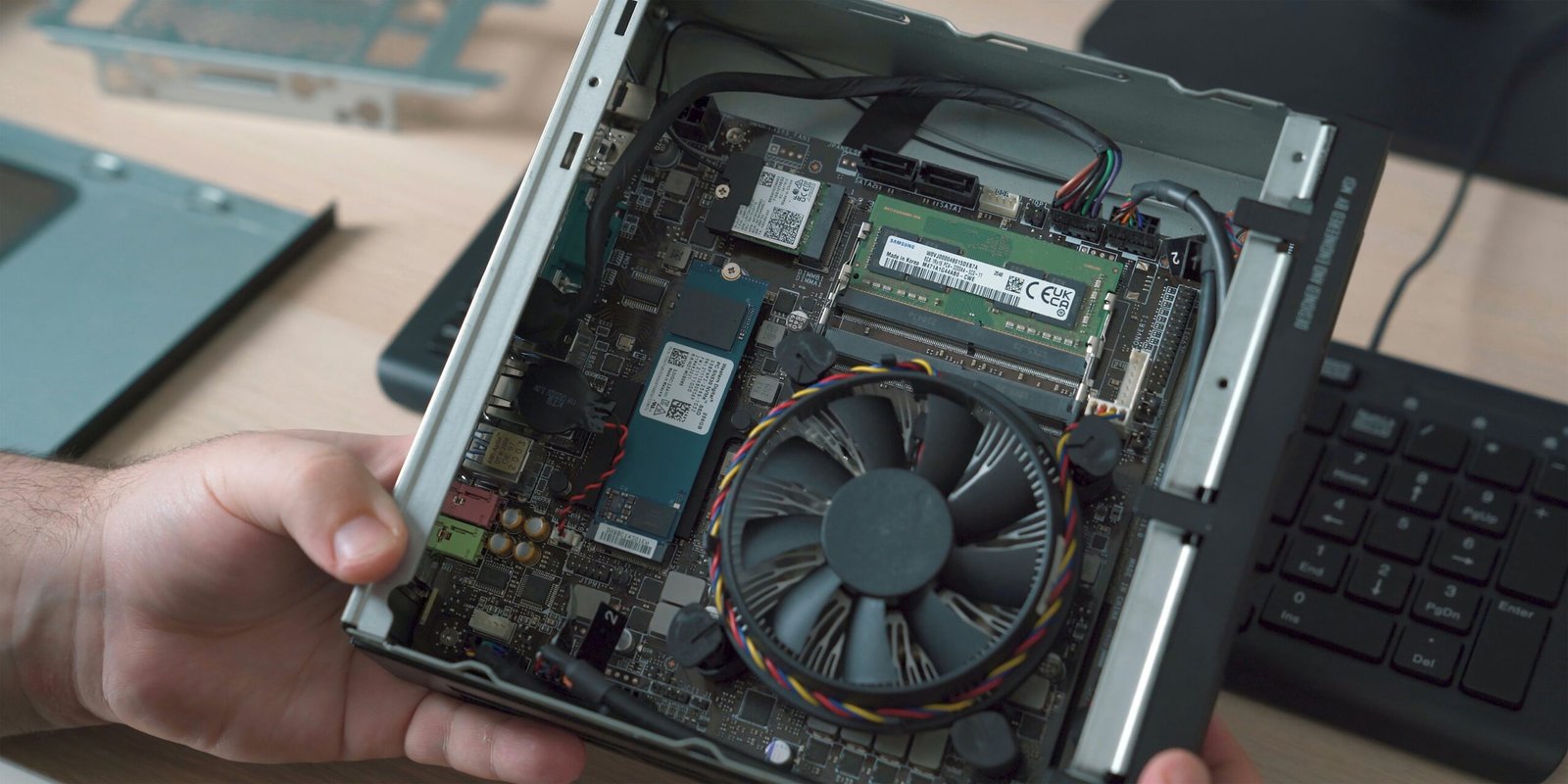A Revolution in iPhone Screen Repair: Lasers!
Cracked or broken screens are a common, yet frustrating, issue faced by countless iPhone users around the world. Traditional repair methods often involve complex and time-consuming procedures that can lead to high costs and significant inconvenience. Whether a screen shatters from an accidental drop or develops minor cracks over time, the need for repair becomes inevitable to ensure the device’s functionality and aesthetic appeal.
The iPhone repair market is vast, driven by the high number of devices in circulation and the frequent need for screen replacements. Consumers frequently seek out repair services due to the high cost of purchasing a new device. However, the conventional repair methods, which typically involve replacing the entire screen unit, can be expensive and require substantial downtime, leaving users without their essential devices for extended periods.
This persistent challenge has spurred a continuous search for more efficient and cost-effective iPhone screen repair solutions. The evolution of technology in this realm reflects an industry ripe for innovation. Among the emerging methodologies, the use of laser technology for fixing screens represents a significant advancement. Lasers promise to address not just the efficiency of the repair process but also the overall cost implications for consumers.
With the market’s growing demand for quicker and more economical repair options, the introduction of laser technology could revolutionize how iPhone screen repairs are conducted. This innovation has the potential to reshape the industry, providing a viable alternative to the existing repair techniques. As consumers increasingly prioritize both cost and convenience in their repair choices, the adoption of laser technology might soon become a widespread standard in the field.
Understanding Laser Technology in Repair
Laser technology, once a domain of high-end industrial applications and research, has made significant strides into the mobile repair industry. At its core, laser technology involves using concentrated beams of light to perform precise cuts or modifications on various materials. These laser beams are generated by stimulating atoms within a medium (gas, solid, or liquid) until they emit photons in a coherent stream, forming a powerful and focused light beam. In the context of iPhone screen repair, lasers serve as a vital innovation owing to their unparalleled accuracy and efficiency.
Different types of lasers are employed in the repair industry, each tailored to specific needs and precision levels. Fibre lasers, for instance, are highly appreciated for their ability to maintain a consistent beam over long periods, making them ideal for repetitive tasks. On the other hand, CO2 lasers, known for their versatility, are frequently used due to their capability to cut through various materials, including the hardened glass of iPhone screens.
The precision offered by laser technology means that technicians can accurately target damaged areas without affecting the surrounding components. This precision is pivotal when working on delicate devices like iPhones, where the screen’s intricate layering demands meticulous attention. Lasers can cleanly remove damaged glass layers, leaving the underlying components intact and ensuring the device’s functionality is preserved. This minimizes the risk of collateral damage, which is a common issue with traditional mechanical methods.
Moreover, the speed and efficiency of laser technology significantly reduce the time required for repairs, benefitting both technicians and customers. With the ability to swiftly and cleanly remove shattered glass, downtime is minimized, allowing technicians to perform high-quality repairs at a faster rate. As this technology continues to evolve, its application in iPhone screen repairs is poised to become even more refined, promising enhanced outcomes and setting new industry standards.
How Laser Technology Transforms Screen Repair
Laser technology has significantly revolutionized the process of iPhone screen repair, introducing a level of precision that traditional methods often lack. In the context of iPhone screen repairs, lasers are employed to meticulously remove broken glass, ensuring that the delicate internal components remain unaffected. This cutting-edge technique surpasses conventional methods like heating or using mechanical tools in both precision and safety.
The application of lasers in screen repair involves a focused beam that can be finely controlled, enabling technicians to target specific areas of the broken glass. Unlike mechanical tools, which can inadvertently cause further damage by exerting unnecessary pressure or heating methods that risk overheating sensitive internal parts, lasers offer a controlled and uniform process. This targeted approach allows for the seamless removal of the damaged screen without the collateral damage that often accompanies traditional repair techniques.
During the laser screen repair process, the laser beam heats the glue that binds the glass to the phone’s frame, allowing it to be separated cleanly. The laser’s precision ensures that only the adhesive is affected, leaving the underlying electronics intact and unscathed. This method not only reduces the risk of additional damage but also enhances the efficiency and reliability of the repair process.
Traditional screen repair methods, by contrast, involve the use of heat guns, knives, and other mechanical tools that can be cumbersome and imprecise. These older techniques often require a high level of skill and an equal measure of caution, as one wrong move can lead to costly internal damage. Additionally, the application of excessive heat can negatively impact other components, such as the battery or logic board, leading to potential long-term issues.
In essence, the integration of laser technology in iPhone screen repair represents a significant leap forward. It brings about a higher success rate of repairs, reduces the likelihood of additional damage, and streamlines the entire process. As laser technology continues to evolve, it stands to further transform the realm of screen repair, cementing its place as the preferred method among professional technicians.
Advantages of Laser-Based Screen Repair
In the realm of iPhone screen repair, the integration of laser technology offers several remarkable advantages. One of the primary benefits is the heightened precision it provides. Traditional repair methods often entail significant risk, as even the slightest error can lead to further damage to the delicate internal components of the device. Laser-based screen repair mitigates this risk, employing highly accurate beams to pinpoint and address the exact area of damage without affecting the surrounding parts.
Another notable benefit is the reduced risk of additional damage during the repair process. The conventional approach usually involves manual disassembly of the device, which can introduce potential complications and damage. By contrast, laser technology allows for a non-invasive process, preserving the device’s integrity and reducing the likelihood of unforeseen issues.
From a cost perspective, laser-based screen repair proves to be more economical over time. Although the initial investment in laser technology may be higher, the precision and efficiency it offers result in fewer recurring problems that necessitate further repairs. Consequently, users experience lower overall maintenance costs.
The rapid turnaround time is another significant advantage. Traditional screen repair techniques can be time-consuming, often requiring days to weeks to complete. Laser-based repairs, however, can be performed swiftly, often within a few hours, allowing users to regain access to their fully functioning devices much sooner. This efficiency is particularly beneficial for individuals who rely heavily on their iPhones for daily tasks.
Moreover, incorporating laser technology into screen repairs enhances the overall quality and durability of the repairs. The precision of the laser ensures that the new screen is perfectly aligned and adhered, resulting in a more seamless and robust repair. This meticulous alignment and secure fit ultimately extend the lifespan of the device, offering users a more durable and reliable product.
Challenges and Limitations of Laser Repair
While the advent of laser technology in iPhone screen repair heralds a transformative change, it is prudent to recognize the associated challenges and limitations. One of the most prominent hurdles is the initial cost of acquiring laser equipment. High-quality laser machines, specifically engineered for screen repair, represent a significant capital expenditure. This expense can be prohibitive for smaller repair shops or individual technicians considering entering the market.
Beyond the financial investment, there is also the imperative need for skilled technicians. Mastery of laser repair technology is not easily attained, as it involves understanding both the intricate functionalities of the laser machine and the nuanced specificities of various iPhone models. Companies or repair shops must invest in extensive training programs to ensure that their staff can properly operate the equipment. This not only includes technical know-how but also familiarity with best practices for safety and efficiency.
Concerns surrounding safety are another critical consideration. Lasers, by their very nature, can be hazardous if not handled correctly. Proper usage mandates adherence to stringent safety protocols to protect both the technician and the device from inadvertent damage. Moreover, without standardized guidelines and regulatory oversight, inconsistent safety practices may lead to accidents or long-term harmful impacts.
Additionally, laser-based repair is not universally applicable to all types of screen damage. While highly effective for specific issues, such as removing adhesive layers or isolating defective pixels, it may not address more complex or extensive damages. Therefore, repair professionals must still rely on traditional methods or replacement options for certain types of screen problems.
In summary, while the integration of laser technology in iPhone screen repair offers numerous advantages, it is accompanied by significant challenges. Addressing these challenges through investment in equipment, training, and safety protocols will be crucial for unlocking the full potential of this revolutionary technique.
Market Impact and Consumer Response
The introduction of laser technology in iPhone screen repair has revolutionized the market, bringing about significant changes both for consumers and repair service providers. This innovative approach has streamlined the repair process, leading to notable enhancements in repair efficiency and precision. By harnessing the power of lasers, technicians can now address more complex damage that was previously challenging to fix, thus broadening the scope of repair services available to consumers.
Consumer feedback has been overwhelmingly positive. Surveys indicate that satisfaction rates have seen a substantial increase, with users praising the reduced turnaround times and the high quality of repairs. The precision of laser technology ensures that the screen repairs are seamless, often making the device look as good as new. This improved service quality has resonated well with iPhone owners, who value both the functionality and aesthetic aspects of their devices.
Moreover, the competitive landscape within the iPhone repair industry has shifted. Many repair shops which adopted laser technology early on have gained a competitive edge, attracting a larger customer base by offering more reliable and faster repairs. This shift has prompted other service providers to invest in similar technologies to remain competitive, thus raising the overall standards of repair services in the market.
From a pricing perspective, the integration of laser technology initially led to a hike in repair costs due to the investment in new equipment. However, as the technology has become more widespread, prices have begun to stabilize, making advanced repairs more accessible to a broader audience. Furthermore, the increased efficiency of the repair processes has allowed service providers to handle a higher volume of repairs without compromising on quality, ultimately benefiting both the providers and consumers.
In essence, the adoption of laser technology in iPhone screen repairs has had a profound impact on the market. It has elevated consumer satisfaction, driven competition, and influenced pricing models, marking a significant milestone in the evolution of iPhone repair services.
Future Developments in Laser Repair Technology
As laser repair technology for iPhone screens continues to evolve, it is positioned to witness several exciting advancements. Ongoing research indicates that future developments will significantly enhance laser precision, ensuring even finer and more accurate repairs. This increase in precision will likely reduce the chances of collateral damage to surrounding components, further solidifying lasers as the preferred method for screen repairs.
An area of intense research is the miniaturization of laser repair systems. Technology companies and research institutes are exploring ways to create more compact and efficient laser devices, making them conveniently portable for both professional technicians and at-home users. Such miniaturization could also lead to integrated repair solutions embedded within the devices themselves, allowing for on-the-fly repairs directly by the user.
Cost reductions are also anticipated as manufacturing processes improve and scale up. As the technology becomes more widespread, economies of scale will drive down expenses, making laser repair more accessible to a broader audience. This affordability will likely spur a significant shift in how consumers approach repairs, potentially opting for high-tech solutions over traditional methods.
Beyond iPhone screens, laser repair technology has the potential for broader applications across other types of electronics and devices. Future innovations could see this precise laser technology being applied to repair delicate components in laptops, tablets, and even wearable technology. The versatility of lasers means that any device with intricate circuitry or delicate screens can benefit from such precision repairs.
Additionally, lasers hold promise for non-electronic applications, such as in advanced medical equipment and various industrial machines. Researchers are venturing into using laser technology for minimally invasive surgical procedures and precision manufacturing processes, thereby expanding the technology’s utility far beyond consumer electronics.
In conclusion, the future of laser repair technology is bright, with ongoing advancements promising greater precision, reduced costs, and an ever-widening range of applications. As research progresses, one can anticipate a transformative impact across numerous fields, ultimately leading to more efficient and reliable repair solutions.
Conclusion: The Future of iPhone Screen Repair
The advent of laser technology in iPhone screen repair has revolutionized the industry, offering significant advancements over traditional methods. Lasers provide precision and efficiency, drastically reducing repair time and minimizing the risk of further damage. This innovation not only enhances the quality and reliability of repairs but also significantly cuts down costs for consumers and service providers alike.
Moreover, the use of laser systems in screen repair aligns with the increasing demand for sustainable and environmentally-friendly practices. By offering a more efficient repair process, these technologies extend the life span of devices, thus reducing electronic waste. The laser method illustrates a shift towards a more sustainable model of consumer electronics maintenance.
Looking ahead, the future of iPhone screen repair appears promising, with continuous advancements in laser technology likely to yield even more sophisticated repair solutions. As research and development in this field progress, we can anticipate further innovations that could potentially revolutionize other aspects of mobile device maintenance and repair. The integration of artificial intelligence and machine learning with laser systems, for instance, could lead to more automated and precise repair processes.
In conclusion, the integration of lasers into iPhone screen repair marks a significant milestone, setting a new standard for the industry. This technology not only improves repair efficiency and quality but also supports sustainability goals. As we look to the future, the continued evolution of repair technologies holds immense potential for further transforming the way we maintain and preserve our electronic devices.







